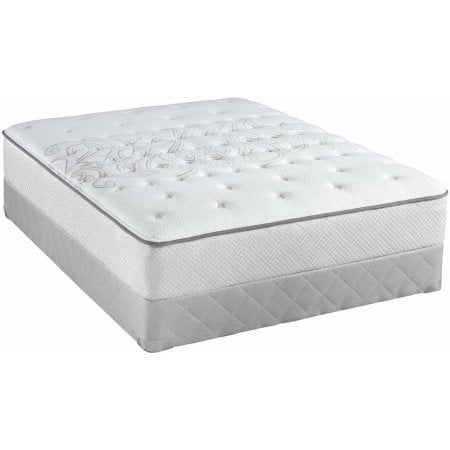This past Tuesday in HONB 200-02, the class was introduced to the Gato Cafe, a concept idea that incorporates the standardized cafe setting with a new feline twist. The Gato Cafe idea, which made its televised appearance while being pitched on Shark Tank, was devised to be a sit-down cafe where people would be able to play with free-roaming cats while enjoying coffee and/or related baked goods. The cafe would theoretically be paired up with a local cat adoption agency, so that the cats being played with would also have the opportunity to potentially be adopted if a person chose to. The concept of Gato Cafe as its own brand, while being only a concept of proof while it was pitched on Shark Tank, is already a reality sprouting up in places across the world. The main ideas behind the combination of cats and coffee is to provide people who enjoy the presence of cats with a sense of therapeutic relaxation and stress relief, which can come from playing with and petting the furry pets.

Upon watching this episode, the class was given the challenge of further breaking down and analyzing the concept using the Value Proposition Canvas. This canvas provides its user(s) with an outline of how the product itself can be fulfilling to the customers' wants, needs, and even potential fears. While the left side of the canvas focuses primarily on the product using a square shaped diagram that divides up the benefits, features, and experiences associated with the product, the right side displays a circular diagram in which the customers' wants, needs, and fears are broken down into separate sections. The combination of these two diagrams on one piece of paper is designed to allow the user the chance to make the connections between the two in order to determine whether or not the product does indeed meet the said needs.
 Benefits
Benefits of the product would include the psychological relieving of stress and other therapeutic factors that the petting of cats can provide, having the ability to adopt one or more cats if one so chose to, as well as having the ability to simply go to the cafe and play with the cats without taking on the responsibilities that full ownership of such a pet would entail.
Features of the cafe would include the cost that must to paid to simply enter, the food and beverages sold, and of course the cats that roam the cafe.
Experiences created at the cafe can range from a variety of options, such as spending time with cats as well as friends and family, being able to search for a cat to adopt, or even just having a place to go to relieve stress incurred by one's daily lifestyle.
After identifying these aspects from the consumer perspective, the students then aligned these said product factors with the consumer's wants, needs, and fears to determine that the cafe is proving to be satisfying to its customers, as the business itself would realistically do. Furthering this thought process, the students used the value pyramid concept that was introduced earlier in the semester to decipher between all of the possible values and determine which ones specifically the cafe would appeal to. The class was virtually unanimous in the agreement that the cafe would serve to reduce anxiety, provide therapeutic value, be a fun choice of entertainment, and would have a sensory appeal to its consumers, among other value options.

On Thursday, the class resumed the Gato Cafe discussion, primarily focusing on the marketing concept of positioning bases, which concern the potential consumer's point of view on the brand and its product line(s). In groups, the class decided which bases we deemed to be especially relevant in terms of the Gato Cafe's typical customer perspective. My group determined that the brand would appeal to its consumer's emotions, and thus positioning it based off of emotion would be essential. Yet we concluded that positioning the brand based on its attributes might be more effective in the eyes of a consumer, as the concept behind the cafe is so unique. We then discussed the business terms concerning brand loyalty, as companies specifically design concept ideas/products in the hopes of gaining customers for substantial periods of time.
With the newly gained knowledge of how to effectively create and use a Value Proposition Canvas, I'm excited to take on the task of creating the canvas with the BedBug concept in mind. This should allow my group to successfully determine whether or not our potential consumers' needs and wants are fully being met by the product, as well as what exactly the unique benefits of our product are. Upon learning this, our SmartProject group should have the ability to alter the product to fit our consumer needs and specifically market the product so that it's particularly appealing to our target market.



